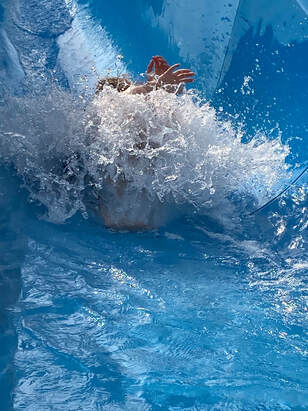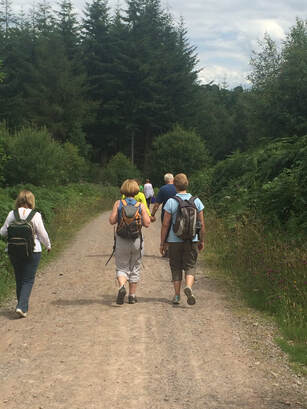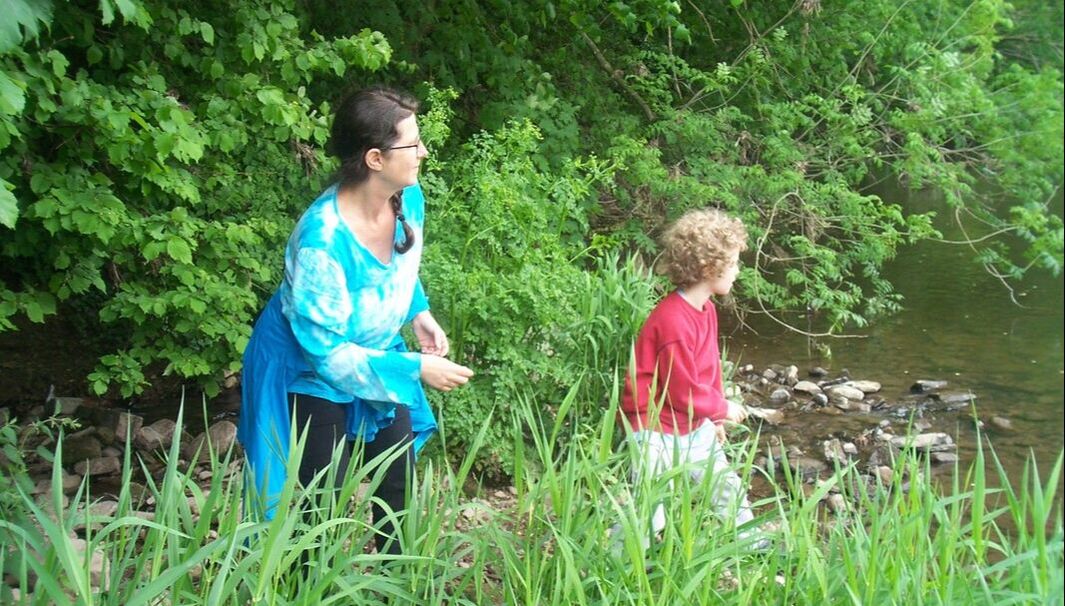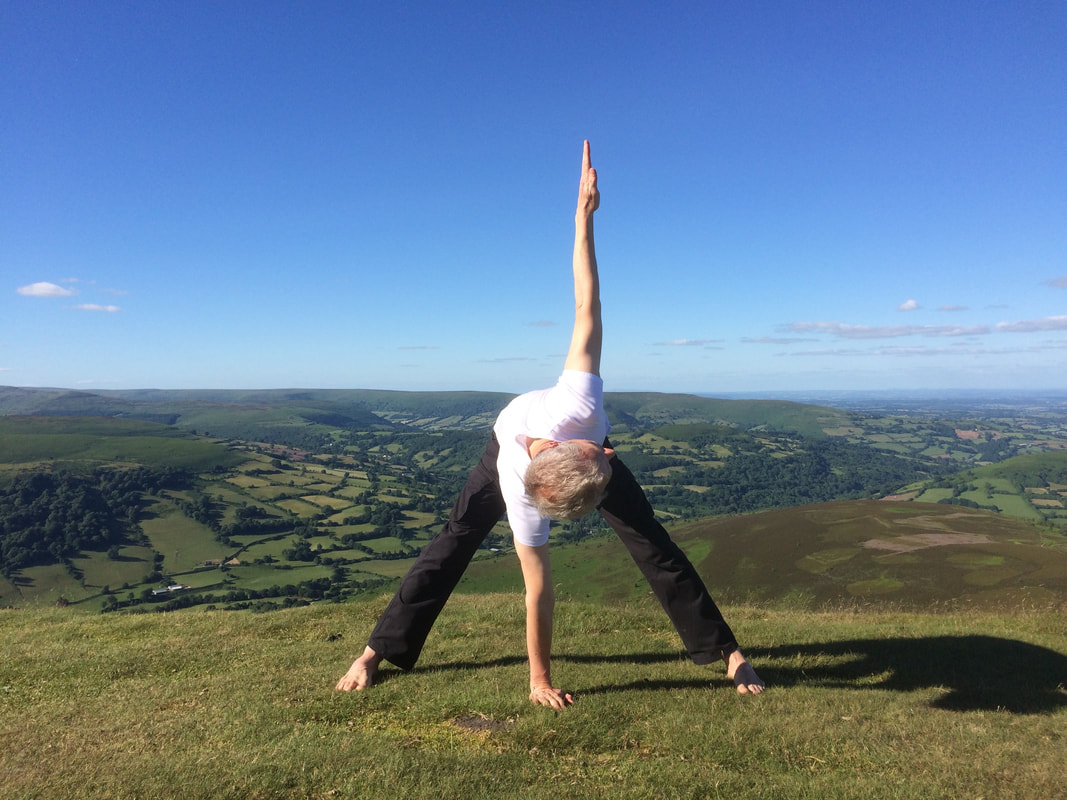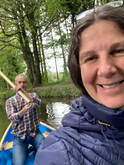|
Sometimes I make exercising daily really hard work for myself. In fact, I used to spend more time and energy on postponing and avoiding it than it would have taken me to get on with it. How did I change that? I decided to make it more fun, take myself and looking after my body as a very important but also pleasant way to spend time. It sounds easy when you read it like that, doesn’t it? And it is. Yet it took me a couple of decades to get there. I argued with myself: There was not enough time. My body was in good shape even without regular classes or workouts or runs. Was it really necessary to push weights and sweat? Maybe all this “exercise moderately and vigorously for so and so long” was just another propaganda by some industry? Encountering a health issue and struggling with it aimlessly for a while got me quite frustrated. Fortunately I wasn’t ready to give in! But IT wasn’t disappearing by itself either! So I decided to give some really gentle daily Yoga a go (because my old favourites of running and cycling had taken a toll on my joints). I made myself do this, tried hard and nearly gave up when I thought I wasn’t progressing. Fortunately other people noticed some changes in me. I listened to their approval and carried on. Knowing that it was working fanned my enthusiasm and with that inside my head I learned more movements and how to mix them up: going fast or slow, including breath exercises and lots more. Now I notice myself how bending and kneeling had become easier. How I could walk for longer without pain. Suddenly exercising was fun and rather than watching the clock making sure to keep going for
20 - 30 minutes I began to use more time than I had planned. I also began to notice more how young children get their bodies fit and develop them.
This attitude doesn’t make them top athletes. It does help to grow and maintain their healthy bodies though. I think we can learn from the children.
0 Comments
|
Worried you’ll have aches and pains forever?
Get instant access to our Get Rid of Aches & Pains so you can feel amazing too.
AuthorsWe are Kari van Eden and Michael Cordel. Archives
February 2024
Categories |
Proudly powered by Weebly


